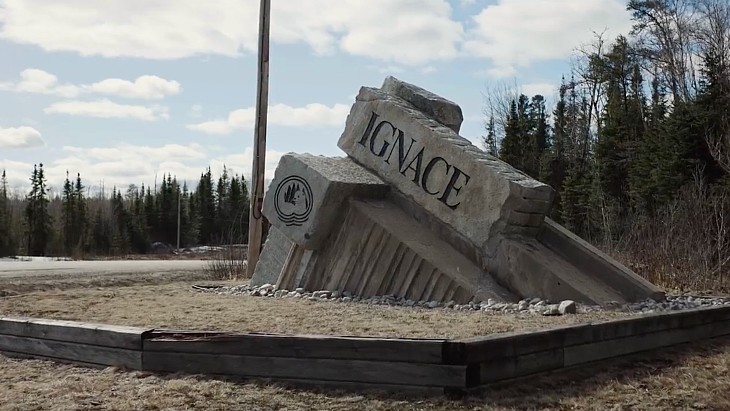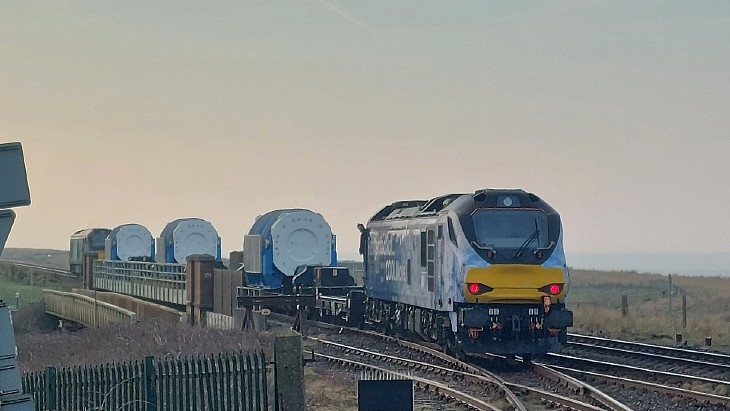Mine remediation project moves to next phase
 The second phase of a large-scale project to remediate the former Gunnar uranium mine in Saskatchewan can go ahead after Canadian nuclear regulators decided to allow the Saskatchewan Research Council to proceed with tailings remediation.
The second phase of a large-scale project to remediate the former Gunnar uranium mine in Saskatchewan can go ahead after Canadian nuclear regulators decided to allow the Saskatchewan Research Council to proceed with tailings remediation.The second phase of a large-scale project to remediate the former Gunnar uranium mine in Saskatchewan can go ahead after Canadian nuclear regulators decided to allow the Saskatchewan Research Council (SRC) to proceed with tailings remediation.
.jpg) |
| The Gunnar mine site pictured in summer 2011. The buildings and headframe have since been removed due to safety concerns (Image: SRC) |
The Canadian Nuclear Safety Commission (CNSC) decision to remove a "hold point" pertaining to the remediation of the tailings area at the site followed a public hearing at which it received and considered submissions from the SRC and other intervenors, as well as CNSC staff's recommendations. A hold point for the remediation of other site components, including waste rock, the open pit and the mine shaft, remains in place and will be considered by the CNSC at a later date.
The former Gunnar uranium mine, in northern Saskatchewan, was operated by Gunnar Mining Limited from 1955 to 1963. During operation, the site consisted of a 100-metre deep open pit, a 600-metre deep underground mine, a 2000 tonne per day uranium mill, two acid plants, various uranium processing buildings and community buildings. Minimal decommissioning was carried out after the mine's closure in 1964.
Management of the site subsequently became the responsibility of the province of Saskatchewan. The SRC is undertaking remediation of Gunnar, along with the Lorado uranium mill site and 35 satellite mine sites in northern Saskatchewan, under Project CLEANS (Cleanup of Abandoned Northern Sites) - a multi-year, multi-million-dollar project funded by the governments of Saskatchewan and Canada.
SRC began demolition work at the site in 2010, including the demolition of all residential and production structures, involving abatement of asbestos, which was widely used in the buildings; the clean-up of debris, including removal of physical, chemical, radiological and biological hazards; and the construction of a barrier around the open pit. Further remediation activities will include the disposal of demolition materials, installation of an appropriate cover on all, or a portion of, the exposed mill tailings and waste rock, re-vegetating and water treatment, and monitoring both during and after rehabilitation.
Researched and written
by World Nuclear News
_17992.jpg)
_75800.jpg)








_50521.jpg)

